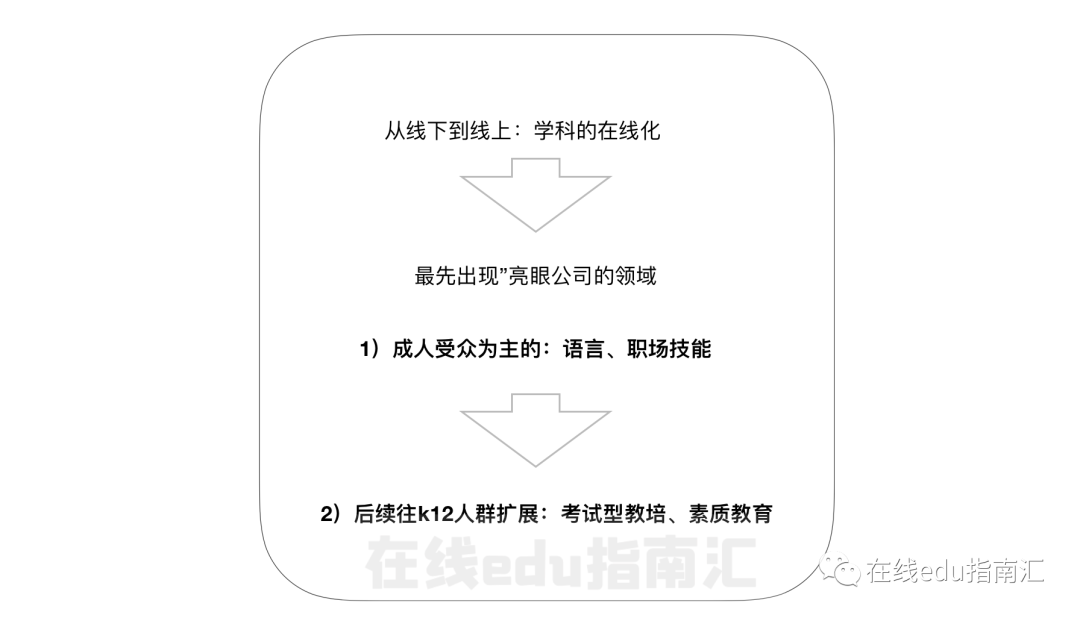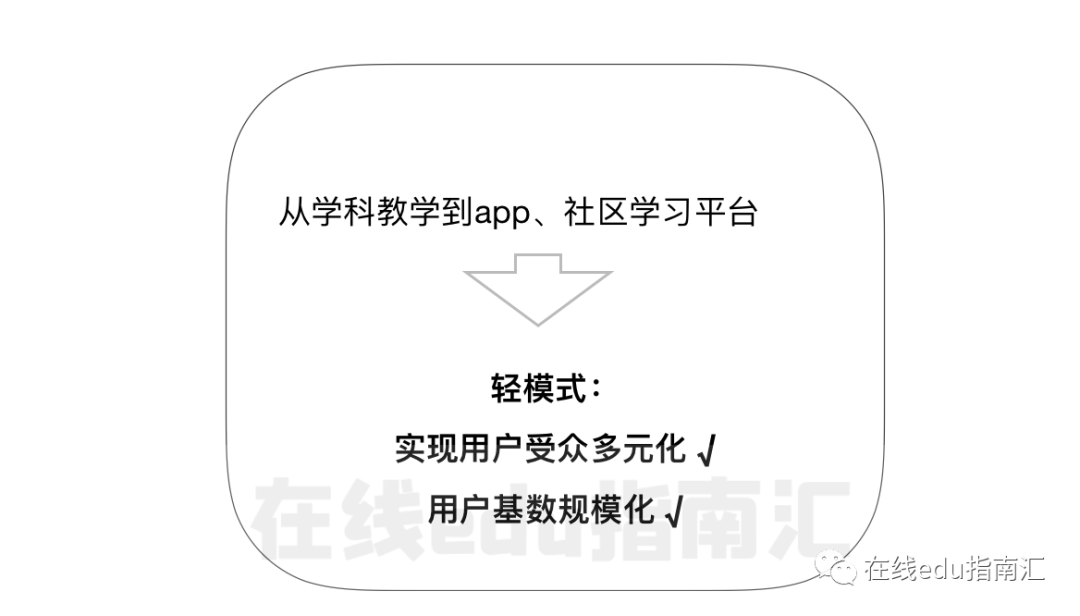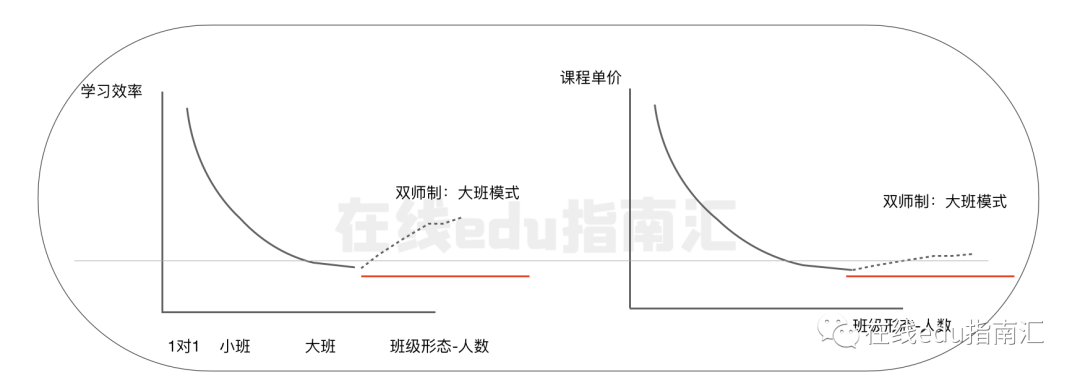The company is because people have learning and training needs for certain types of knowledge and disciplines.
Correspondingly, the first “online” education exploration was: online offline courses.
What knowledge and disciplines does the market need?
From the perspective of capital investment, the bright categories are: language education, vocational skills education.
In 13 and 14 years, 51Talk, which provided online English teaching with “Philippine foreign teachers” as teachers, received US$55 million in financing from head capital. In 2015, TutorABC, an online adult English learning platform “was $200 million invested”. In the same period, vocational skills companies have successively received investment, and accounting and finance vocational companies are guaranteeing remote financing of more than 100 million US dollars, “along the industry”. The construction and academic qualifications online education company Xue Ersen raised “over 100 million yuan”, and the vocational skills and postgraduate entrance examination company Wanxue Education received “tens of millions of dollars”.
From market data, taking vocational education as an example, as the most eye-catching segment and education category during the period, domestic vocational education and training is the largest education segment in the market, reaching 23.3 billion yuan (China Securities Newspaper).
At that time, why did language and vocational skills education receive the most attention?
Language training, in the domestic market environment 6 or 7 years ago, foreign companies and studying abroad are still important choices for professionals and college students. These choices require a language foundation, so users still had a strong incentive to pay for online language learning.
Similar to the target audience stage of language education, the category of workplace skills, whether it is accounting, construction or other vocational skills, is mainly for adults. Compared with children, elementary, middle school and high school students, adults have stronger learning motivations, can adapt to and engage in online learning environments, and have the ability to consume independently.
In fact, before these two categories, large companies under the cable provided services, such as language teaching. At that time, New Oriental, which was still mainly studying language training abroad, had vocational skills that went to the United States to raise hundreds of millions of dollars. IT skills training company Dane. The online education companies corresponding to the category in the 13th and 14th years have benefited from the consumer awareness and payment habits of offline companies.
Later, the market expanded to a more subdivided group of people, and the subject category was expanded. Including language, math, English and quality education for k12 people, and online learning for thinking and reading for children.
2 Exploration of app tools and learning platforms: light model to achieve large-scale learning users
Language, job titleThe teaching of professional skills and other subjects is an online education model that emphasizes service and content. On the online education track, the next stage of exploration will focus on: lighter learning tools and community platforms.
The “light mode” referred to here includes two characteristics: 1) It is a low threshold for users, such as a free mode 2) For online education companies, it is different from service-oriented course teaching, and the level of manual service is low. Mainly rely on app and platform to realize user interaction.
Tools and light-mode products in the form of communities have promoted a diversified user market for online education: from the adult learning market to the k12 population (including examination-based subject teaching and quality education).
In the K12 crowd, the job gang, which was independent from Baidu in 2015, started as a photo search for questions. In 2016, it received US$60 million in financing. Yijiajiao.com started with a student homework system and raised US$100 million in 2015. From the “Chalk Network”, a learning community in the field of public examinations and vocational training, to the “Ape Test Bank” and “Little Ape Search Questions” in the k12 field, Ape Tutorial received US$60 million in financing in 2015. There is also children’s English in the direction of quality education. There is VIPKID which “entered the first echelon and raised 100 million US dollars” in 2016 with a one-to-one online teaching model for foreign teachers in North America.
Hujiang.com, which started as a foreign language learning community to learn from college students and professionals, received a “1 billion yuan round D” financing in 2016. Hujiang provides a platform for college students and professionals to learn language courses. A MOOC platform that provides courses from prestigious schools, Xuetang Online raised US$15 million in 2015. The English smart learning app, fluent in English, received US$50 million in financing in 2017. In the parent-child, mother-infant population, Baby Tree’s parenting knowledge community, received 300 million US dollars in investment in 2015.
In addition, there is the landing of major Internet companies. At that time, the online education business of major Internet companies was either the “bright cases” mentioned above (such as Baidu’s independent job help) and the Tencent Classroom still in the system of large companies. Most of the others have been “broken”, The team disbanded.
Learning apps and community-based online education companies use the “e-commerce and entertainment and other Internet products” model, which is relatively low-cost and has a large user base. These users supported their later important profit model. Such a large number of users and student bases, in the middle of a period of time, “being questioned”-the company is operating at a loss, how to realize products?
In response to this question, I learned about apps and community-based companies and quickly found a new answer: online course guidance.
The exploration of the track, based on the new monetization model, shifts to the next question: online tutoring, what model can ensure the learning effect similar to offline, and thus get the choice of parents and students. At the same time, the company has an optimal income model?
3 Exploring the class format: student learning efficiency, and the balance of the corporate income model
Copying the offline mode, the learning experience cannot be “comparable” with offline. To get more user choices, it is necessary to pass tests and choose a relatively optimal teaching form, such as: what kind of class format can enable students to obtain higher learning efficiency. At the same time, it ensures that the company has a relatively optimal “revenue outcome”.
There are three main types of classes that can support a stable income model. Their differences are in two dimensions: the number of students and the setting of grading, and the provision of teachers.
1 to 1 mode
It is the “highest allocation” of the class form. “High allocation” refers to: high cost and service unit price; relatively speaking, counseling is highly targeted (individualized). It adopts the form of parallel running through 1 to 1 class, with 1 pair of heads of k12. It received 120 million US dollars in financing in 2017. Children’s English’s vipkid, marked by a financing of US$500 million in 2018, has become one of the “most watched” online education companies.
The one-to-one model runs through, which verifies the existence of the online market of “high customer unit price teaching and personalized guidance”, and consumers (parents and students) are willing to pay for it.
Small Class Mode
Its advantage is that it balances the problems of the large-class mode, the teacher’s difficulty in taking care of too many students, and the high cost of teaching in the 1:1 mode.
From the perspective of the scene, there are two types of small classes. One is different from the large classes with more than 50 or 60 students. The middle number, such as 20 or 30 people, is the standard.
This standard is the most common class model for offline teaching in developed countries. Such as the United States, France, Austria, and other countries, the average junior high school classThe number of people is around 20-25. This number is also their definition of the number of small classes. The average number of students in junior high schools in East Asia and Southeast Asian developed countries, Japan and Singapore, which are close to China, is around 30 to 35.
In domestic, offline and online education, the definition of small classes more points to classes with relatively lower numbers, such as 1 to 2, 1 to 4, 1 to 8, etc. The offline small classes are practiced by education companies such as New Oriental and Good Future. The current development of k12 online small classes, compared with the large class model mentioned below, needs further exploration.
The small class model, another implementation that deserves attention, is online English education for children (3-8 years old) users. For example, children’s English service providers who have raised more than ten million US dollars: small class teaching of Magic Ear and Randy Children’s English.
Taipan Mode
Large class model, online education, not only refers to the class size of 50 or 60 students, but with the development of the past two years, the large class curriculum has even expanded to hundreds or thousands of students. It is precisely this ability to expand on a large scale. In 2019 and 2020, several leading k12 online education “growth wildly” and accelerate into profitability.
The economic model of the big class model is theoretically optimal. Because the same course is taught by a teacher, a large number of students pay, and there is a greater source of income than a one-to-one class. But as a learning service product, at the beginning, its limitation was that it could not take into account the personalized learning of all learning. Therefore, education companies are developing towards the “dual-teacher” model, increasing the role of “tutors” by a large amount, and giving students personalized guidance and follow-up of learning effects while maximizing income.
4 Current large-scale expansion: How to maximize traffic and channels
The current pattern of subject category, learning app and class format is gradually clear. Moreover, the top online education company, “different routes to the same destination” uses similar product models to “compete” for the same target user (mainly k12). In order to maximize market share, their most important task at this stage is to expand users on a large scale and maximize traffic conversion.
For example, the k12 category that has received the most attention, since last year, for more than a year, “every company is investing hard”, and the top online education company has a budget of several hundred million yuan. As a result, consumers “frequently encounter advertisements for certain educational products” on short video and live broadcast platforms (eg Douyin, Kuaishou, Station B, Taobao, and video number), as well as offline public transport and building media. This year’s “new battlefield” of “enlightenment education”, Internet giants are “preparing to challenge” more than one billion yuan.
Corresponding to the online education company’s “forced placement”, it is a “sudden increase” of students choosing online learning and tutoring. Taking the growth data of the head company as an example, the secondary market’s Learn with whom, Youdao, the latest quarterly report shows that online education-related paying users The year-on-year increase is several times, and so is the revenue volume.
5 Finally: What is the next step to explore
The exploration of online education, from service-oriented learning and teaching, to light-mode tools and communities, “same goal by different routes”, reached a point of convergence in the profit model: online teaching and guidance. In order to achieve relatively high-efficiency learning effects, online education companies are practicing different class forms and models, and participating in the next round of “scale expansion” arena. This is based on the landing of leading companies, the main line of online education exploration in the past 7 years.
Among them, pioneers and participants who started with subject categories or learning tools/communities have grown into a non-negligible part of the track: k12, workplace learningThere are companies with US$1 billion or even US$10 billion.
This also raises a new question in the industry: “Online education seems to be relatively stable at the head, are there still market opportunities for continued exploration?”
Our answer is yes. We see some key factors that are driving the growth of the online education market and the delivery model that can be optimized.
1) The growth comes from two aspects. One is that offline users who can consume relatively high unit prices choose online education and training products. This is the replacement of online education with an increasing proportion of offline stocks. Second, through product optimization, online education reduces the cost of students’ arrival (geographical location) and the cost of learning products (eg large class mode, which reduces the average offline one-hour course of nearly 100 yuan to less than 50 yuan).
2) The delivery model that can be optimized means that students are still “relatively dependent” on the two roles of lecturer and teaching assistant.
The next paragraph is to explore the use of “smart assistants” and other roles to replace part of human services. It will become a delivery component of more disciplines: in addition to college students and adult language learning (eg Liulishuo) that have been explored, there are also relatively standard and gradable subjects such as children’s reading, programming, and k12 subjects.
Through “smart assistants” and other light-handed delivery modes, costs can be reduced, while ensuring relatively high-quality teaching products, while providing learning products with lower unit price thresholds. More and more users are able to consume online education and training products, which may promote the popularization of online learning products.
In addition to the market growth and delivery model optimization of the original categories. Equally important is the exploration of “new subject categories”. For example, the previously mentioned economic transformation, new professional categories for professionals, and the aforementioned Early childhood education: quality and enlightenment learning.
* This article focuses on the online education of ToC, and will expand on the direction of ToB.





